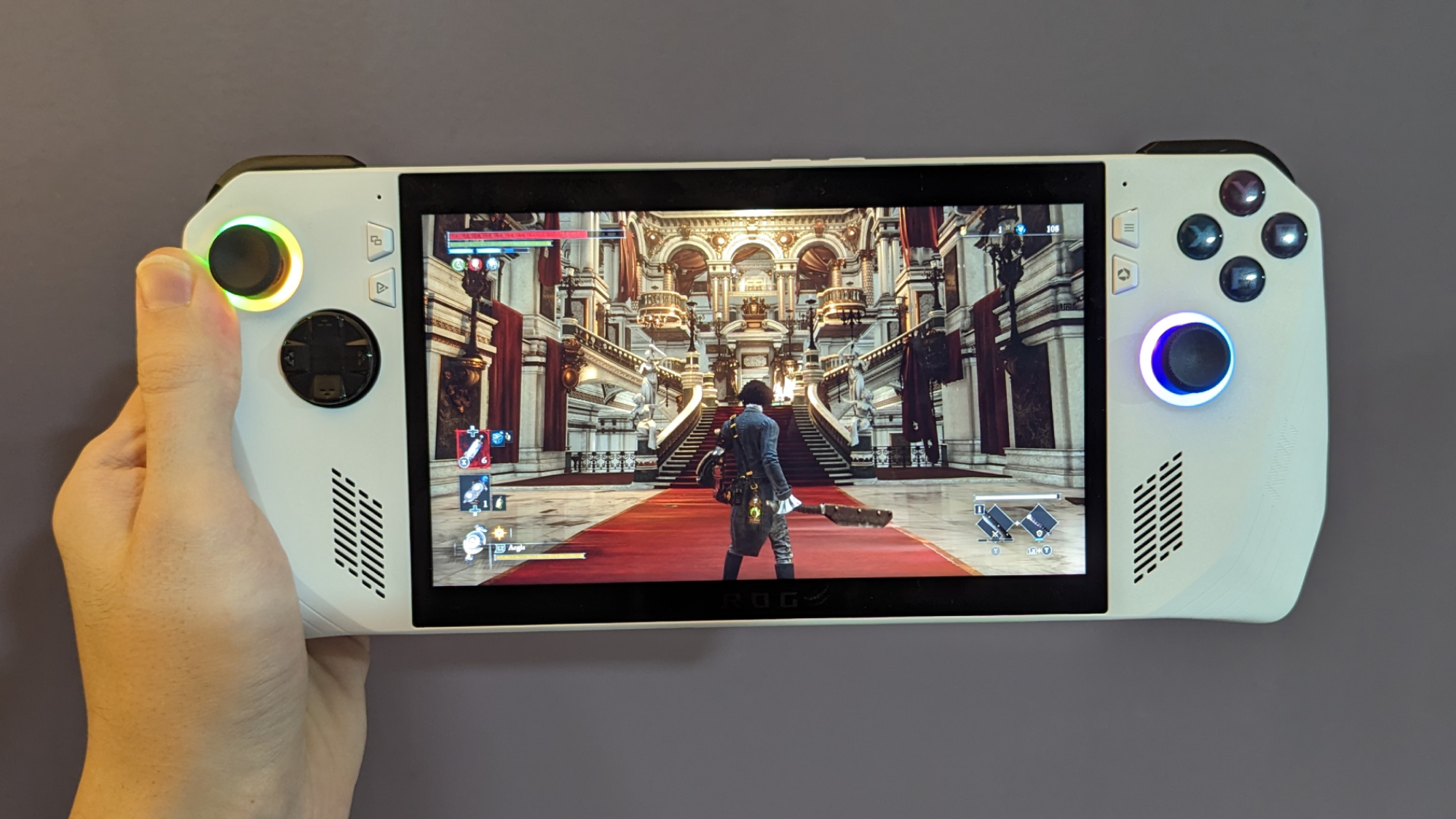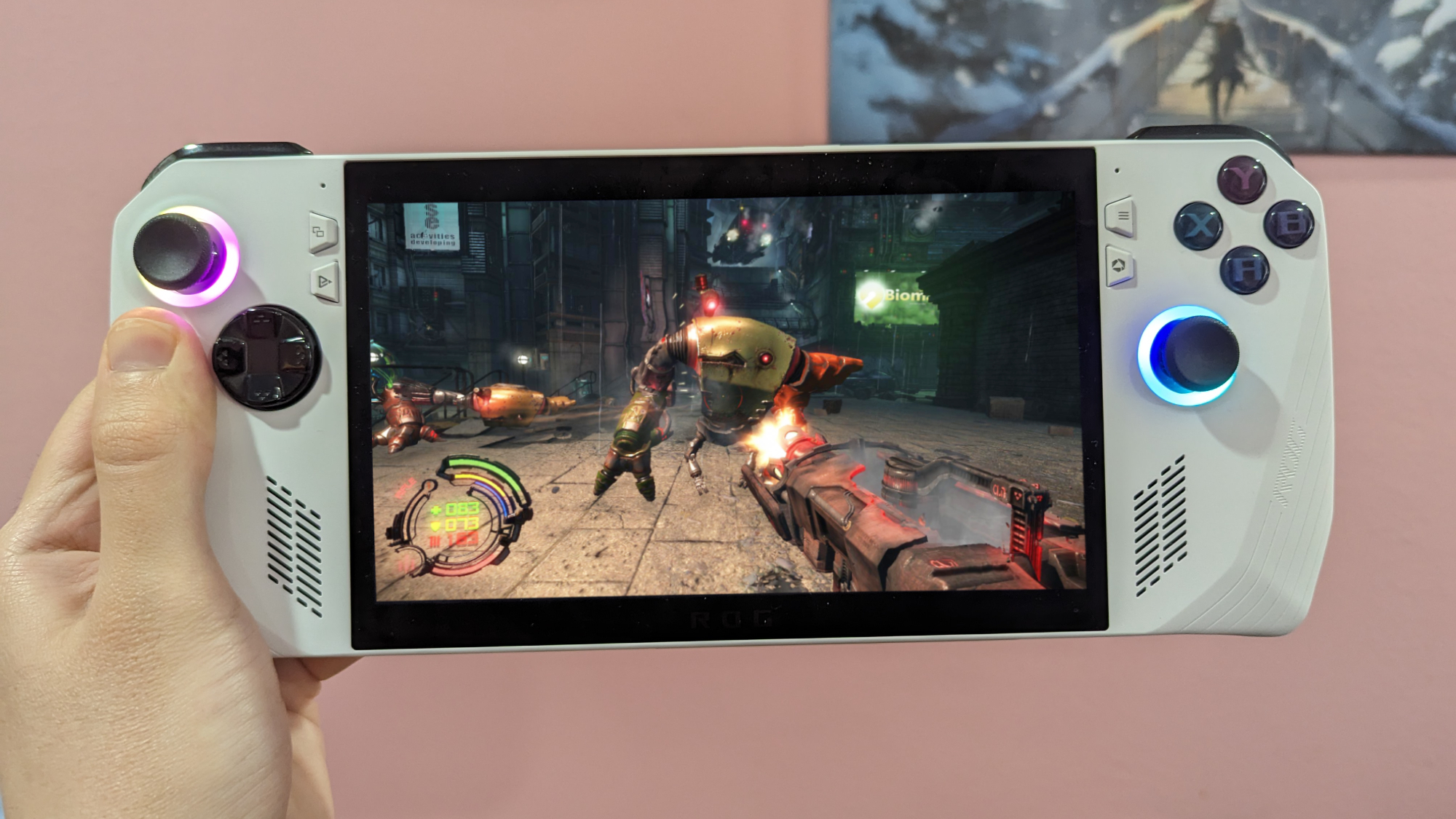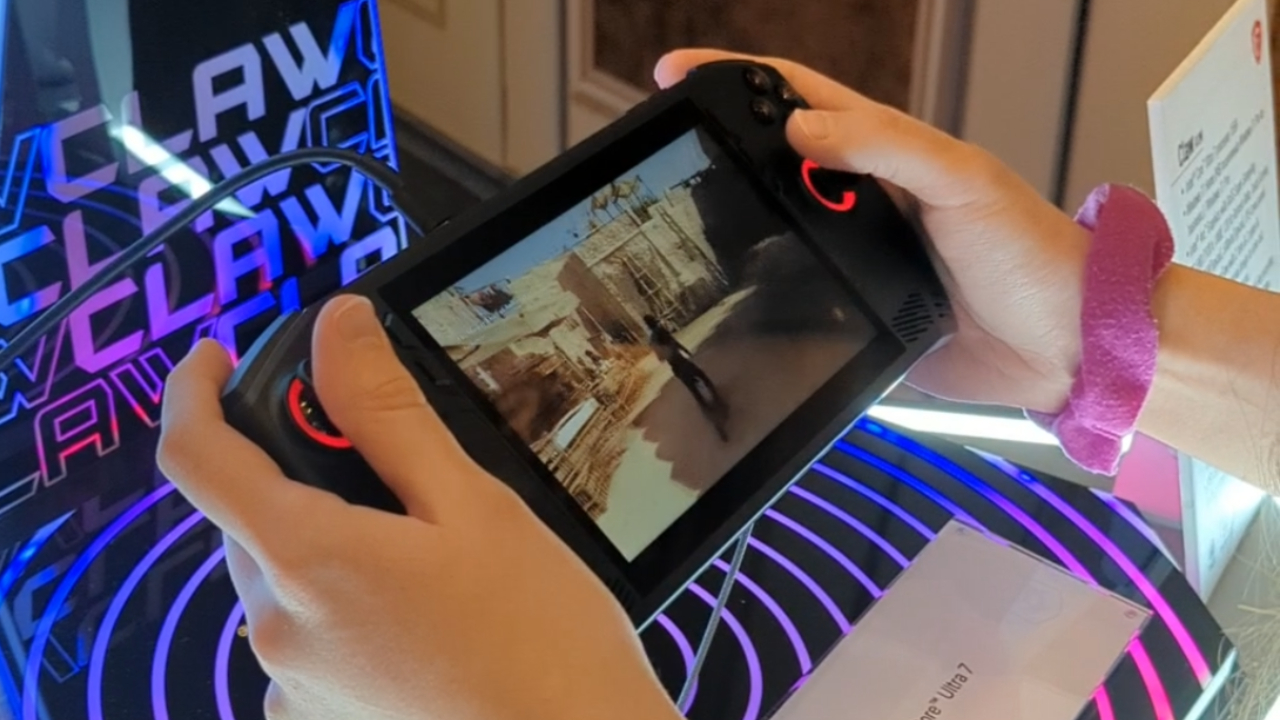
Techlusive sat down with Asus India's Vice President of Consumer and Gaming PCs, Arnold Su, who claimed that a "second generation" Asus ROG Ally would be launching this year. He clarified it will still run on Windows, but "will focus more on gaming."
The greater focus on gaming might mean anything from upgraded hardware to run more powerful titles, or the mention of Windows could imply that it will feature additional software to improve its usability. While that's an interesting story in of itself, this claim somewhat perplexed me for a different reason.
It's been less than a year since the ROG Ally launched, having only come out a little over seven months ago on June 13. For an official Asus spokesperson to already confirm a new one is coming this year might imply the next generation similarly launches in June, but I can't help but wonder — will this be the norm? Are handheld gaming PCs going to get yearly updates, akin to gaming laptops?
Will handheld gaming PCs get yearly updates?
There's probably a considerable group of people out there unfazed by this news, especially since handheld gaming PCs are pretty much just tiny gaming laptops. But products like the Asus ROG Ally strike this near-perfect middle ground between a proper gaming console and a more traditional Windows gaming laptop. The former has a lifetime anywhere from five to seven years, while the latter is often launched yearly.

And while the Steam Deck is more of its own gaming console than other handheld gaming PCs, tracking its launch date patterns had me believing an Asus ROG Ally 2 wouldn't come so soon. The base Steam Deck launched early 2022, while its OLED model came late 2023. More than anything, this is comparable to a mid-generation upgrade, as its core processing power is unchanged.
But Su claims that we can expect a "second generation" model in 2024. It's entirely possible that's merely in reference to smaller upgrades like an improved screen, but since the ROG Ally resembles a gaming laptop to begin with, it's possible it refers to a fully new system.
However, the company cannot be alone in this effort. Without an upgraded AMD processor, there's no world in which an ROG Ally 2 will do much convincing. The AMD Ryzen Z1 and Extreme processors were revealed in April last year, which is two months prior to the launch of the ROG Ally. Assuming the dates line up exactly with 2024, we could see the reveal of AMD Ryzen Z2 and Extreme processors in April, with the launch of an ROG Ally 2 in June.

It's no secret that I'm wildly obsessed with handheld gaming PCs, especially considering my recent focus on Asus ROG Ally coverage, even going so far as to say that the Asus ROG Ally is my new favorite gaming “laptop." And it's clear that the growth of handheld gaming PCs isn't slow. Beyond just the ROG Ally, Lenovo launched the Legion Go back in November, while the MSI Claw is coming in February. While the Alienware UFO concept has yet to see the light of day in four years now, this would be the time for it to launch.
This is a good chunk of the major gaming laptop manufacturers in the business. Companies like Razer, Gigabyte, and Acer have yet to reveal whether they're investing in handheld gaming. but if they do, we'll see an ecosystem where this style dominates the market. And now that Asus has claimed that the ROG Ally's "second generation" will launch this year, we might see each of these devices coming yearly.
Bottom line
If we imagine a future where Alienware, Razer, Gigabyte, and Acer enter the arena alongside Asus, MSI, and Lenovo, with each launching a gaming handheld PC yearly, we are seeing the start of the next revolution in gaming products. A long list of gaming handhelds will then sit alongside peripherals, consoles and gaming laptops at major retailers.
If it wasn't obvious, this is my dream come true. Handheld gaming is the future, and more companies pushing for relevance in this space has me excited beyond all belief. I'll happily test seven handheld gaming PCs every year and see which ones reign supreme, finding the best balance between quality and price. Competition is vital in any space, and having each of these devices battling will only ensure one is better than the last.







